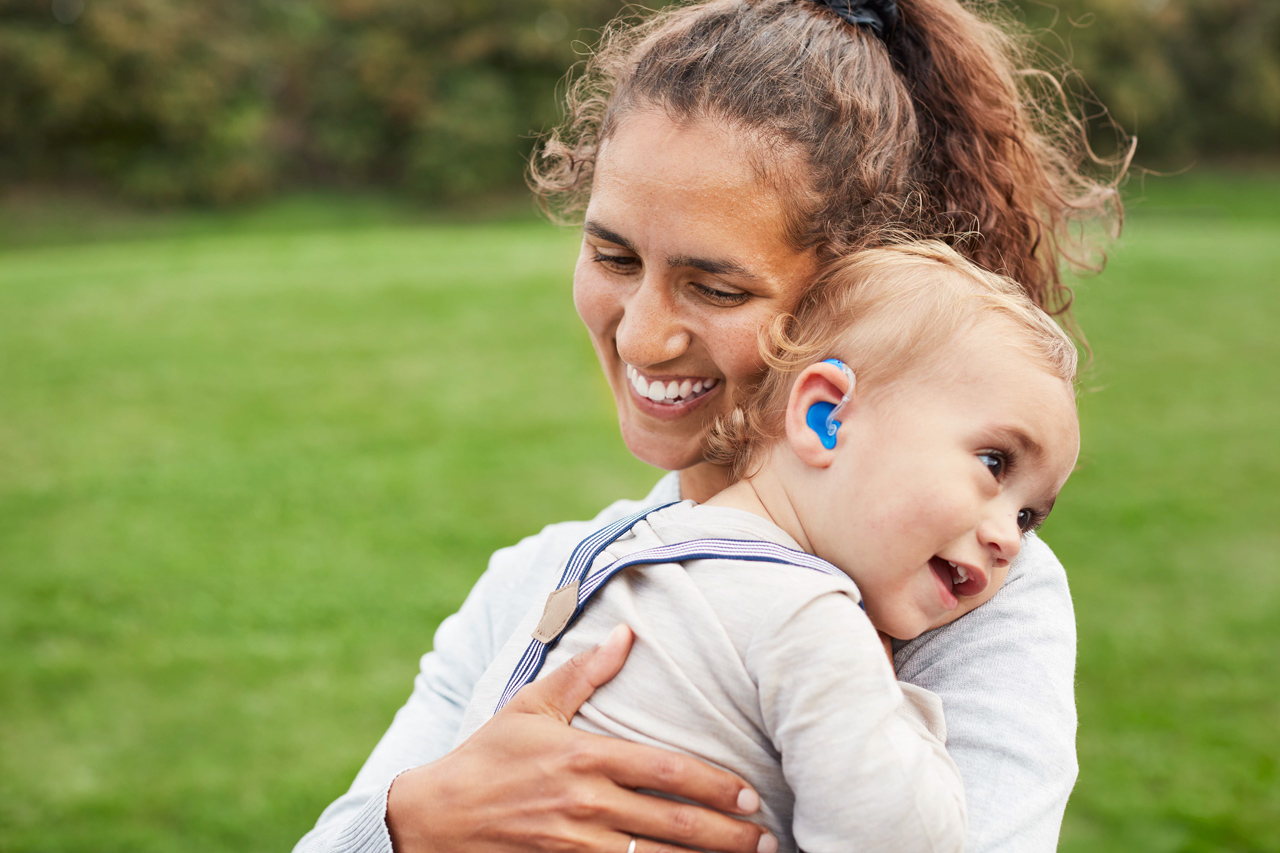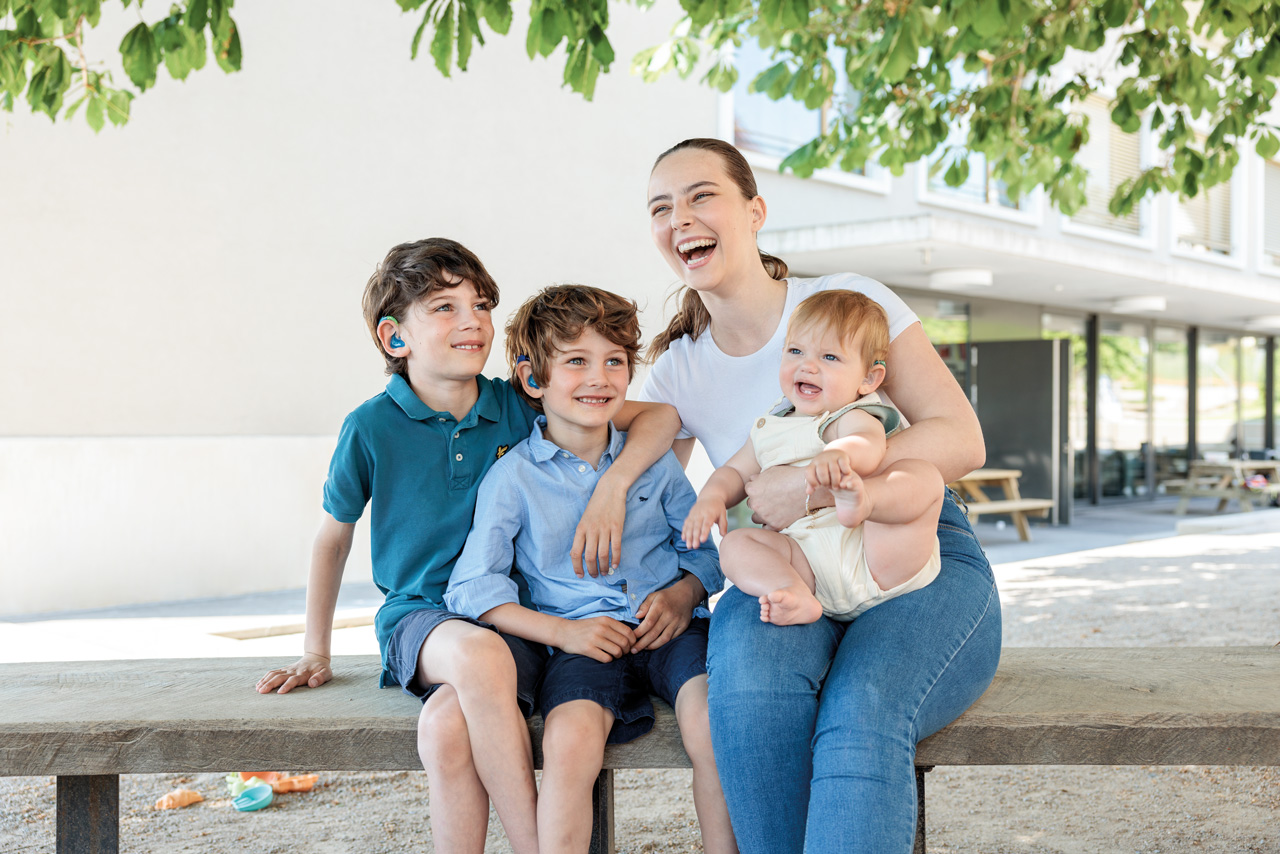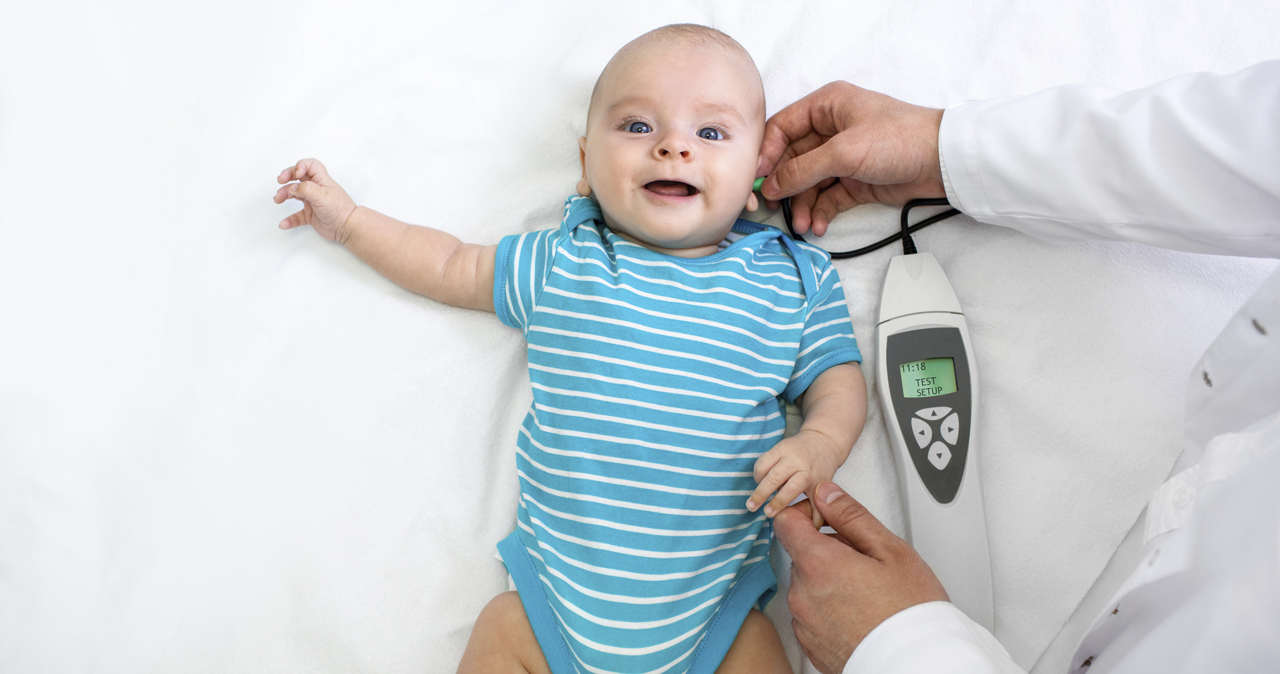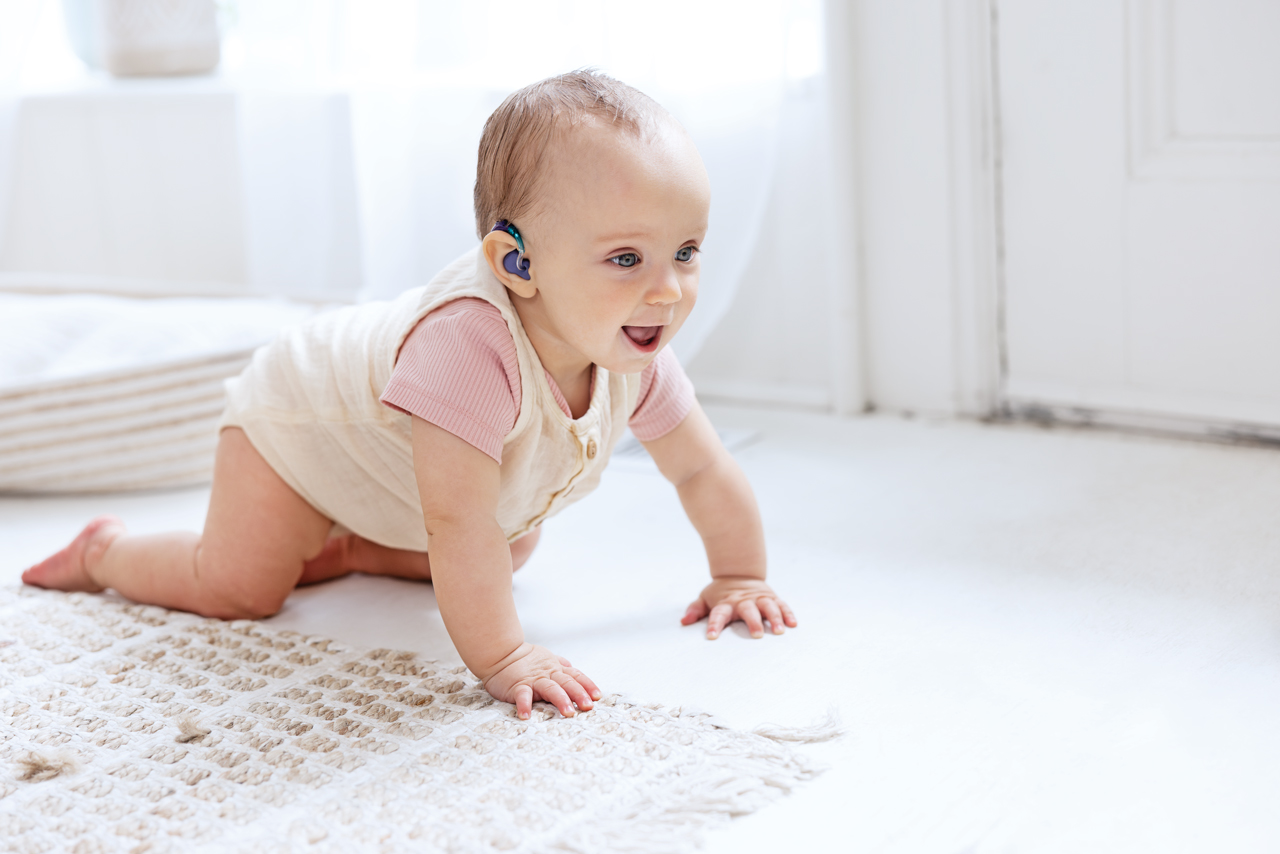Paediatric Centre
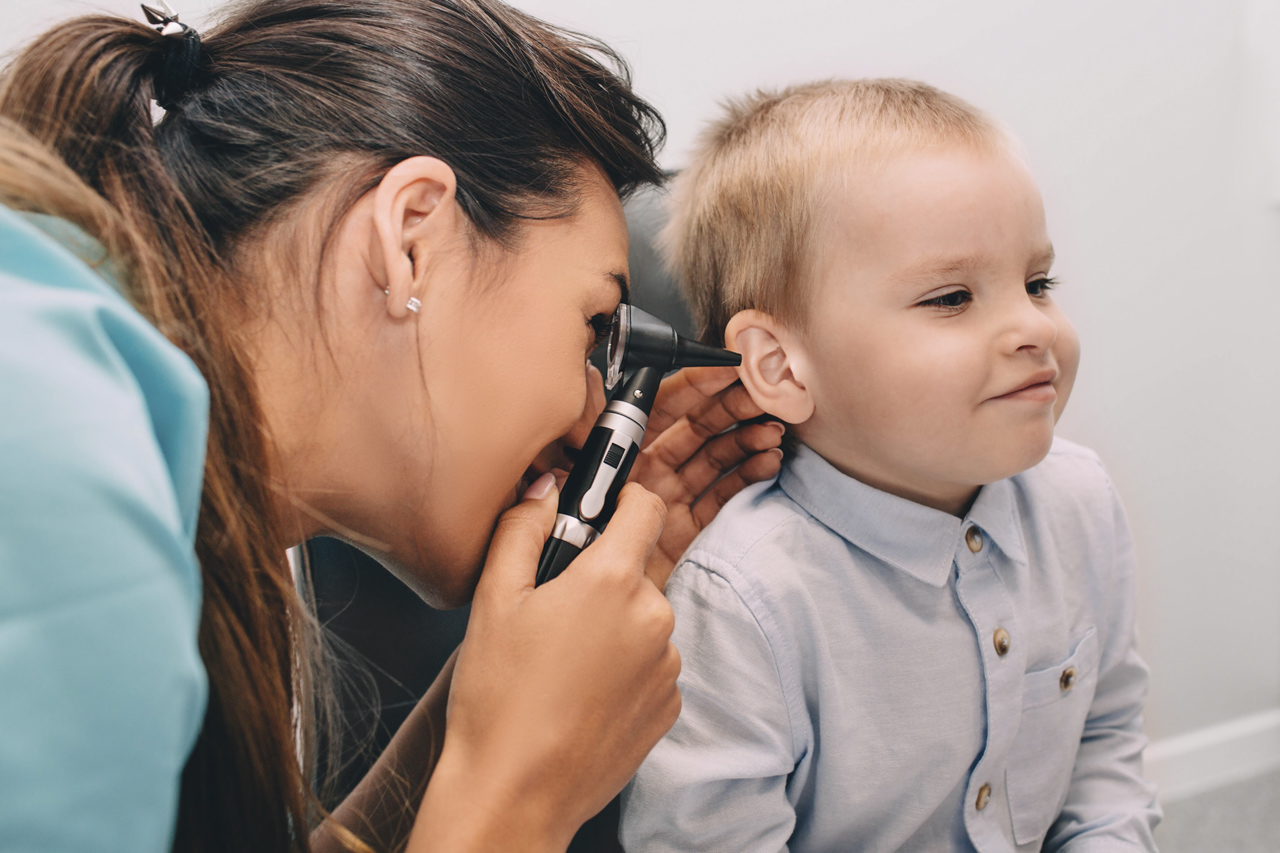
A Few Words About Our Paediatric Centre
At Euthymiades Paediatric Audiology Centre we offer a modern and specialised clinical hearing service providing full diagnostic assessments for children of all ages. Our services include all the latest equipment and expertise to test children from 0-16 years of age during natural sleep or conditioned play according to chronological and developmental stages.
Parents can contact us directly for tests. We also accept referrals and have established links with allied private and public professionals, such as Pediatricians, Speech and language therapists, Ear Nose Throat doctors and Neurologists across the island and abroad for holistic management and communication.
Gallery
Child Hearing
Hearing plays a significant role in the development of speech and language which emerges round at the age of 2-3 years old. The aim is early intervention should a child be diagnosed with hearing loss so that they will be able to develop normal speech and language and have equal opportunities in school, socially and later in life.
Early diagnosis of hearing impairment is crucial, and treatment planning should be child- and family-centered, taking into account the family's preferences, values, beliefs, culture, and linguistic background.
Hearing tests are performed as naturally as possible since the latest technology, pediatric skills and experience allows. Anaesthetics and sedatives are strictly avoided as they may set the child’s health at risk. Home visits are preferred to perform tests during natural sleep in the child’s own comfortable environment, should of course this is possible.
We offer Diagnostic Hearing Services, including assessment and management for babies, children and people with special needs. Tests are safe and painless and are based on nationally recognised modernised standards. We offer complementary Newborn Hearing Screening based on British Protocols (http://hearing.screening.nhs.uk/standardsandprotocols).
0-12 months: Oto-acoustic Emissions (OAE) = a little soft probe tip is placed into the ear and within seconds we get an emission from the ear which is recorded on the computer. The result is either clear responses or no clear responses indicating that the child may have at least mild hearing loss. Glue ear or wax can impair responses hence either OAE is repeated when the ear is clear. If no clear OAE responses are obtained, or if the baby is considered at high-risk of hearing loss, we move on to ‘Auditory Brainstem Response’ (ABR), or ‘Corticals’ (MLR, LLR, Corticals).
‘Auditory Brainstem Response’ (ABR), or ‘Corticals’ (MLR, LLR, Corticals). = ABR should be carried out at different frequencies (tone pips at 500Hz, 1kHz, 2kHz, and 4kHz) so that all sounds important to speech are measured. The main reasons most frequencies are needed is for: (1) clear representation of hearing ability, (2) identifying ski-sloping hearing loss, i.e. normal low pitches and raised high pitches, such as in the case of oto-toxicity from antibiotics etc, and (3) proper hearing aid fitting in case a permanent loss appears.
8-36 months: ‘Visual Reinforcement Audiometry’ (VRA). = The child is conditioned to turn to a flashing toy as a reward of responding to sounds. Different pitches are again used to make up the full picture of the child’s hearing.
from 2.5 years to 4 years: ‘Play Audiometry’ (Performance Test), = The child performs a task at the presentation of sounds. Again different pitches can be measure to get the full picture of the child’s hearing loss. ‘Speech Discrimination Test’. = This test does not replace any test by the Speech and Language Therapist, but it aims to help the therapists’ sessions with the child. It also aims to demonstrate to the parents that a child can or cannot detect speech at a low level.
‘Tympanometry’. = This test checks if there is fluid (glue ear) behind the ear drum which may collect due to congestion from a cold. Fluid may affect hearing temporarily until it drains. In the detection of fluid, parents are given different alternatives depending on the severity and duration of the glue ear, these range from: (1) ‘watch and wait’ monitoring, (2) decongestants, (3) ‘grommet’ to drain the fluid if it persists for a long time.
If you suspect that your child may not hear well you can simply visit us for a hearing test to be reassured that either:
1. your child has normal hearing, or
2. your child has temporary hearing loss that needs to be monitored and managed with communication tactics, or
3. your child may have permanent hearing loss that can be managed with aids etc.
Hearing loss can be described according to severity, as follows:
Mild hearing loss: Hearing loss of 20 to 40 decibels.
Moderate hearing loss: Hearing loss of 40 to 75 decibels.
Severe hearing loss: Hearing loss of 75 to 95 decibels.
Profound hearing loss or deafness: Hearing loss of more than 95 decibels.
While hearing loss can range from mild to profound, there are four classifications that all hearing losses fall under. The four types of hearing loss are:
- Sensorineural: which involves the cochlear and/or nerve
- Conductive: which involves the middle ear (three little bones) and/or the eardrum, eustachian tube.
- Mixed: which is sensorineural and conductive
- Central: Auditory processing disorder such as Auditory Desynchrony
In the case of permanent hearing loss we offer audiological and counseling family-centered support. Parents are given informed choice on hearing treatment options and the importance of early intervention for normal speech and language development is discussed. Only if there is a need we will discuss pediatric hearing aid options, cochlear implants or/and assistive listening devices, such as FM systems for better school performance. Hearing aids, are only fitted when needed and when the family is ready, especially as a child may have other accompanied problems which take priority.
Pediatric Hearing Aids
• Hearing aids can be worn by children of any age, including infants, and may help babies with hearing loss understand sounds better, giving them the chance to learn speech skills at a young age.
• There are many styles of hearing aids that can help many types of hearing losses, with young children usually fitted with behind-the-ear style hearing aids because they are better suited to growing ears.
Cochlear Implants
• Cochlear implants may help many children with severe to profound hearing loss, sending sound signals directly to the hearing nerve, unlike hearing aids.
Other Assistive Devices
• Besides hearing aids, other assistive devices such as FM systems, captioning, text messaging, telephone amplifiers, and more are available to help people with hearing loss.
Common causes of childhood hearing loss include genetic factors, maternal infections, complications at birth, exposure to ototoxic medication, excessive noise, and poor nutrition
Explore Them All! Paediatric Hearing Aids
Oticon
Unleash the magic of childhood
Children are adventurous. Always looking for new experiences. Experiences filled with sounds, conversations, interactions – elements vital to children’s growth. Designed specifically with children in mind, Oticon Play PX is the world’s first pediatric hearing aid with an on-board Deep Neural network (DNN) that learned the same way children learn – through experience. Play PX utilizes life-changing technology to make sure children with hearing loss have access to important sounds in their environment to help them unleash the magic of childhood.
Visit their website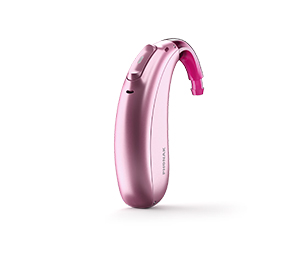
Phonak
A hearing solution that meets the needs of your child
Phonak Sky Lumity gives children a hearing solution for every step of their journey. Incorporating our state-of-the-art Phonak SmartSpeech™ Technology, Sky prioritizes speech understanding. Feel confident that your child has the hearing solution that allows them to thrive and achieve their full potential.
- Prioritizes speech understanding in quiet, in noise, at a distance and on the go
- Universal connectivity with Bluetooth®
- Compatibility with Roger™ microphones
- Water & Dust Resistant

